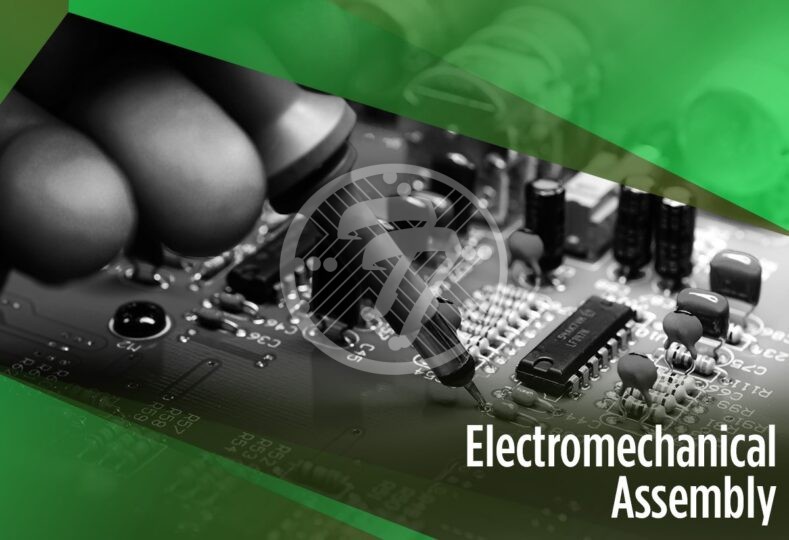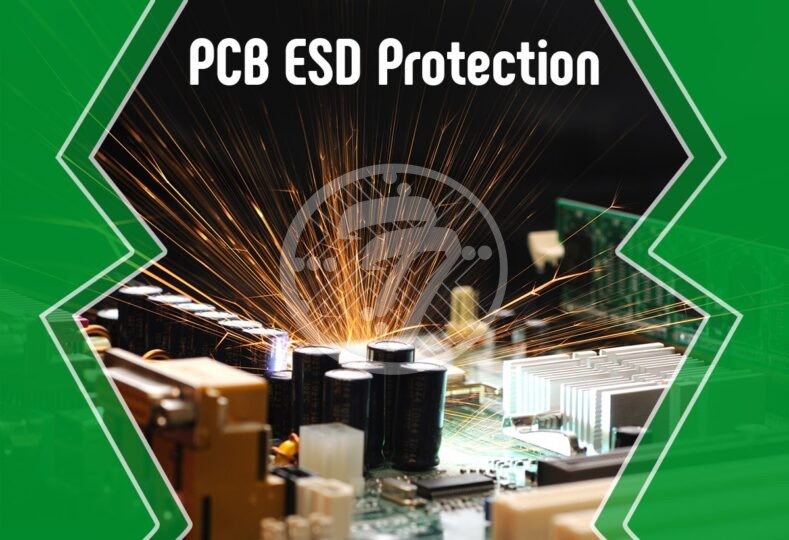What is electromechanical assembly? What are the factors to consider for designing it?

An electromechanical assembly is known to utilize electrical as well as mechanical components when it comes to performing a wide variety of functions, including but not limited to:
- Generating Power
- Controlling Systems
- Conducting mechanical tasks
Electromechanical Assemblies find extensive application in:
- AC & DC power distribution
- Control Systems
- Computer Interfaces
Putting together effective electromagnetic assemblies requires the skills of highly qualified technicians who have the required expertise in a wide range of production skills, from through hole work and surface mounting, to soldering and circuit layout. The involvement of skilled technicians also means that the production times are significantly reduced. Assembly services for electromechanical devices involve a wide range of operations including:
- Procurement
- Engineering operation
- Production operation
- Robust testing procedures
A significant number of electromechanical assemblies use PCBs that use different tracks to conduct current to components. The tracks are threaded across a substrate. Multi-layer boards often involve the use of vias to connect several layers.
As far as the PCB assembly methods are concerned, there are several assembly methods including:
- Bench
- Line
- Focused Cell Assembly
Factors to be considered in designing electromechanical assembly
When it comes to designing or upgrading electromechanical assembly, the process requires a lot of dexterity and needs you to take several factors into account. These include meeting specific requirements, addressing technical issues as well as taking costs into account.
Here are the primary factors that need to be taken into account in designing or upgrading your electromechanical assembly:
Upgrade or new design
When it comes to the technology of electromechanical systems, they are in a constant phase of change. It is therefore prudent to evaluate the components for quality. While in some cases upgrading your existing designs can be prudent, in yet others it is more cost-effective to have a new design in place.
Real World Testing for Electromechanical Assembly
An important aspect of electromechanical assembly is its extensive use. In designing the assembly, it is imperative that its usage be taken into account. The system therefore needs to be tested for structural integrity as well as durability. The efficacy of a good design is when it can stand tall in these tests. In the absence of robust testing, you tend to stand the risk of the design failing you at a later stage and leading to costly errors.
Software and Support
When it comes to electromechanical assemblies, the focus has to be on software as much as it is on hardware. You need to make sure that the contract manufacturer has competent engineers that can take care of the software requirements as also provide support. In fact, the ability of the manufacturer to offer support in terms of meeting delivery schedules, parts and services on demand is crucial.
Check for tolerances
It is imperative to make sure that each part has a defined tolerance. It is also important to determine that even in the worst cases of tolerance build-up, everything fits together. The sub-assemblies also need to fit into the final assembly.
Avoid too many parts
An effective way of assessing design is if it has a reduced number of parts. Less number of parts make assembly easier. It will be helpful to determine whether parts can be combined together.
Timely Delivery
With time being of the essence, it is also prudent to check for the fact that the specific parts required will be available within the set timelines. It is ideal that the manufacturing partner monitors all parts using RFID tags or barcodes so that you can rest assured that the assembly is up to speed.
Have enough space
In looking at the final design drawing, it is important to check that there is enough space for the assembly staff to put it together. Space is also of the essence when it comes to servicing.
Involve the PCB Contract Manufacturer Early
It is important to involve the PCB contract manufacturer as early as when the first draft of the design is ready. You also need to have sufficient time to make changes after the prototype.
The above tips can go a long way in designing an effective electromechanical assembly. Getting the process right will help with cost-effective product build, shorter lead times as well as greater reliability.
We are one of the leading PCB manufacturers in the USA. We have over 4 decades of experience in providing innovative Electromechanical assembly services. We take an extra step to reach out to your exact PCB manufacturing requirements, high-quality standards, and a strong customer support service to provide quick turnarounds and on-time delivery to our customers. In case you have any questions, please feel free to contact us via email at [email protected] or call us on 714/630-9200.









